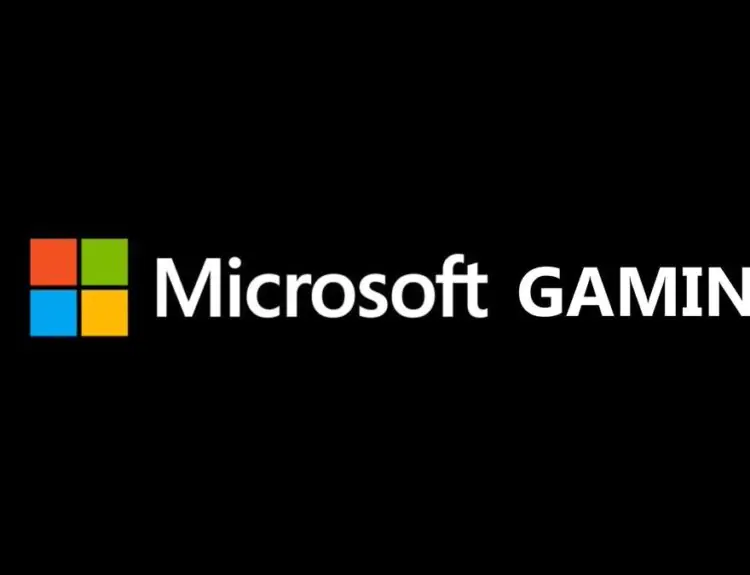Here’s something that is somehow simultaneously surprising and obvious; following Valve’s unexpected Half-Life title announcement, Half-Life: Alyx, the company has found themselves apparently hard-pressed to keep their pricey VR solution in stock in the majority of regions. Currently, systems are reportedly only in stock for the UK and Italy, with other regions stuck sitting on their hands until further notice.
Frankly, Valve could release a Half-Life title on a glorified Etch-a-Sketch and sell out within a week; it’s an internationally recognized franchise that has had consumers literally begging Valve for more content for the past decade.
This may be a bit surprising, as Half-Life: Alyx has been reported to work with every VR system currently available. Valve’s VR solution, however, may be preferred due to its superior finger tracking, and generally
Valve Index is Now Available in Canada and Japan!
Already own Valve Index? You'll get Half-Life: Alyx free, plus extra content.https://t.co/WGTEe8DlwS#steamvr pic.twitter.com/WlobdGUbfr
— SteamVR (@SteamVR) November 22, 2019
Alternatively, Valve has been in the PC game for decades at this point, and their name is now synonymous with quality, even if consumers can’t always figure out how to use the technology properly, as is the case for the now-discontinued Steam Controller. When consumers are looking for heavy-price purchases such as VR systems, name-recognition goes a far way, which also bodes in Valve’s favor.
Currently, Valve only has one package still in stock: the Valve Index VR Kit, which includes the headset, controllers, and two bases stations. This kit is currently retailed via Steam for USD $999, bringing it well over $1,000 with taxes included.
The ‘Valve Index Headset + Controllers’, retailing at $749.00, is out of stock until an unknown time, as is the Valve Index Headset ($499.00), and the Valve Index Controllers($279.00).
Individual Valve Index Base Station is also available for purchase at $149.00, although it seems relatively pointless without the other system pieces.

To the seasoned PC gamer, this may seem like a no-brainer. Release another iteration or chapter of Half-Life anywhere, and people will flock to it. With Valve clearly spending sizeable money on the development of one of their flagship franchises, people are more than willing (and ready) to spend similarly large amounts of money to move into the next generation of gaming.
Yet a question must be asked; Valve is clearly looking to encourage gamers internationally to move into the VR landscape, else they wouldn’t risk their superstar franchise. They must have assumed, or at least theorized, that consumers would flock to their VR solution in droves. Was the demand far higher than they expected, is manufacturing not able to keep up, or is this a calculated temporary shortage to increase demand?
With Christmas just around the corner, and Valve mostly out of stock, some people are going to be rather upset with Old Saint Nick this year.







